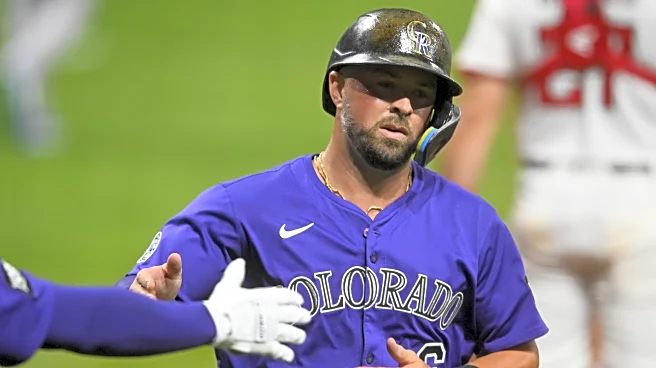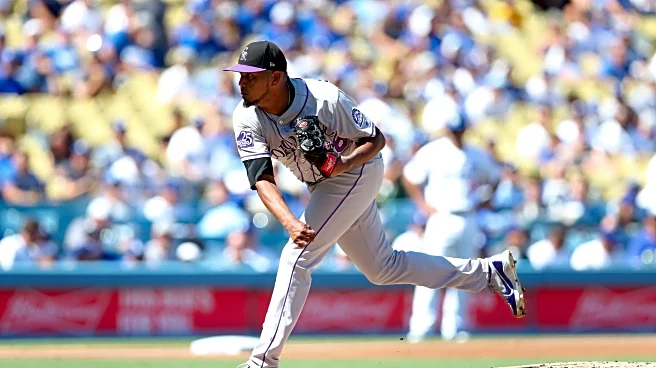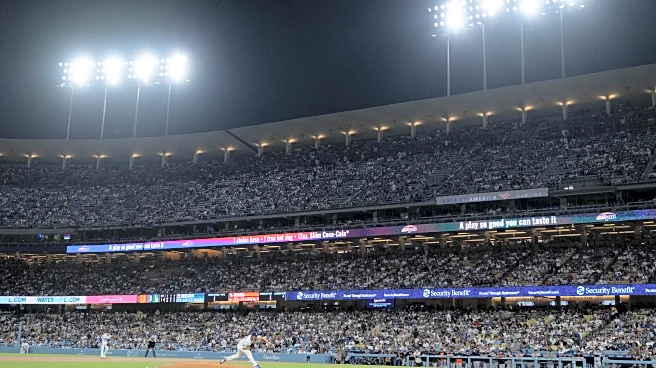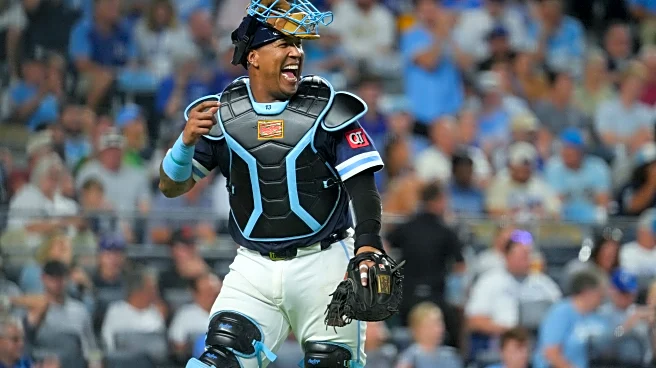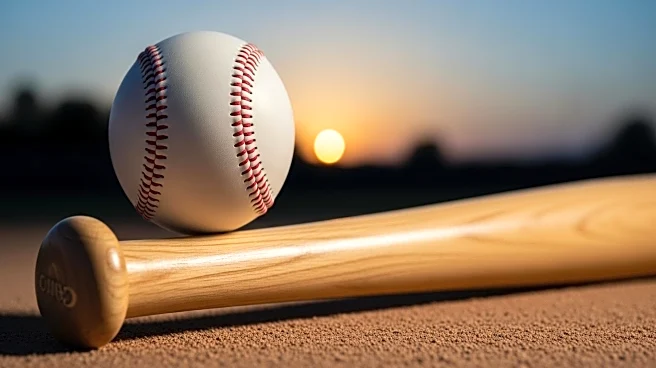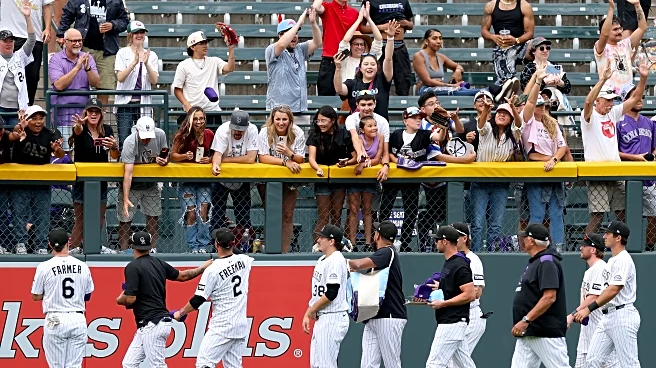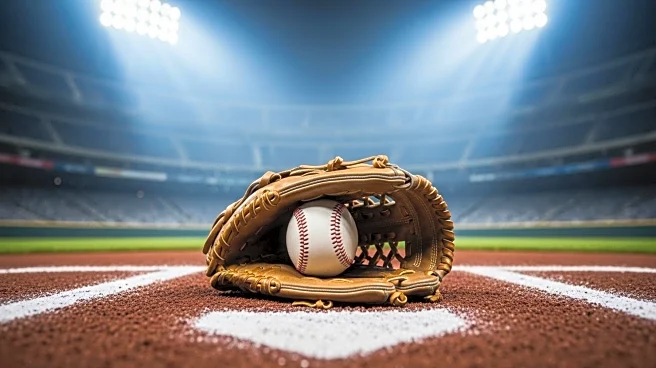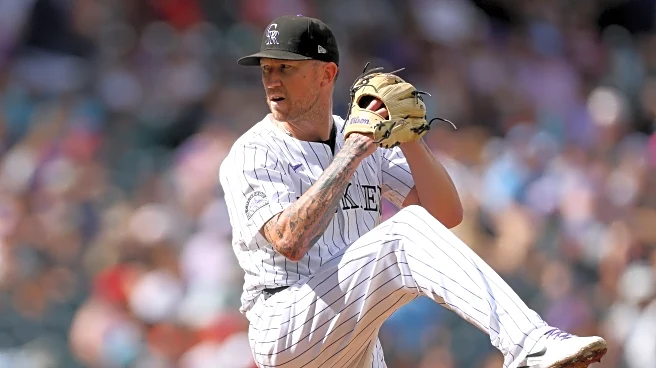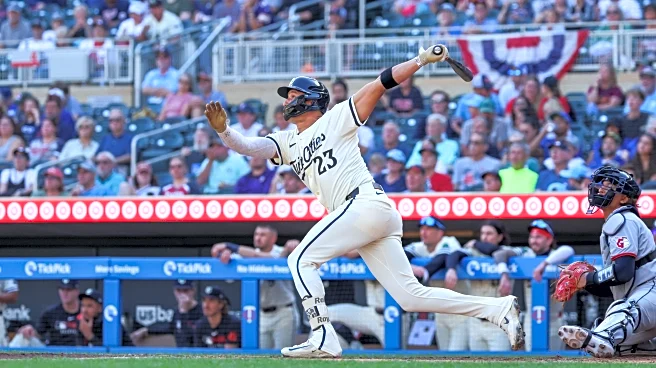Last week, the baseball world received the news that legendary pitcher Clayton Kershaw would be retiring at the end of the 2025 season. After spending the entirety of his 18-year career with the Los Angeles
Dodgers, which saw him become a lock for the Hall of Fame, Kershaw will ride off into the sunset with one final playoff run and eventually into the annals of baseball history.
Good riddance, I say.
Obviously, there is no greater compliment to a player from a rival team than celebrating the fact that the player will no longer face your team. As a devoted fan of the Colorado Rockies, I couldn’t be happier at the fact that Kershaw will no longer torment me like the Boogie Man in the closet with the thought of him taking the mound against my boys in purple.
In principle, I have hated Kershaw for the mere fact that he was a Dodger for his entire career. However, that in no way prevents me from acknowledging the indisputable fact that he is a great pitcher, and what an incredible career he has had. I have the utmost respect and admiration for what he has done in a baseball uniform.
Drafted seventh overall by the Dodgers in the 2006 draft, Kershaw quickly made his debut in 2008 and quickly established himself as a premier talent. He won three Cy Young awards, was named the 2014 National League MVP, was an 11-time All-Star, won the pitching Triple Crown in 2011, and is a five-time ERA title winner. He also has two World Series rings with the Dodgers.
While Kershaw didn’t really have any bad seasons, his stretch of play from 2011 to 2017 is perhaps one of the most dominant in baseball history. Over the course of those seven seasons, Kershaw accumulated 47.1 of his 77.7 career rWAR. He posted a 2.10 ERA in 1,452 innings over 207 starts while going 118-41. He had 24 complete gams, including 14 shutouts, all while winning the accolades mentioned above, including the Roberto Clemete Award in 2012 for his efforts off the diamond.
Utilizing a wicked 12-6 curveball taught to him by the legendary Sandy Koufax, Kershaw had everything a team wanted in a pitcher. He was nasty with his pitches, generating strikeouts at an incredible rate while limiting walks. During the bulk of those prime years, he was a workhorse capable of regularly working over 200 innings, including a career-high 236 in 2013. I’m glad I was able to tune in to see him reach 3,000 strikeouts earlier this season.
However, as the accolades dried up, Kershaw continued to be excellent on the mound for the Dodgers. From 2018 to 2025, Kershaw may have seen his workload diminish as some injuries caught up to him, but he still always displayed the traits that made him excellent.

He was always the epitome of being a bulldog on the mound. No matter what, he always gave the Dodgers a chance to win the game when he was on the mound. Even as the zip on his pitches disappeared with age and the strikeouts went down, Kershaw did what pitchers do best: get outs.
Despite loathing Kershaw as a Rockies fan, there was no doubt I would give anything to be like him on the mound. I took pride in a looping curveball, playing baseball in high school, partly because of Kershaw. There was a brief time during my pitching days that I tried to implement his hitch-kick from his windup, but couldn’t quite get the feel for it.
He truly is one of the best to ever do it, but what was it about his career against the Rockies that made me loathe him when he pitched?
Well, when it comes to the division, Kershaw has the best winning percentage against the Rockies. At 29-11 (.725), Kershaw seemed to always handle Colorado with ease. While the Rockies didn’t get abused as much as the San Francisco Giants during his career, they were still dominated quite a bit. Kershaw carries a 3.30 ERA over 52 starts against the Rockies, the second-most starts against any other team. He tallied 324 strikeouts against 91 walks in 316 2/3 innings of work.
Now, Kershaw was not immune to the dangers of Coors Field as he did have a 4.53 ERA in 29 career starts. Those still aren’t bad numbers all things considered, but the dominance at Dodger Stadium more than made up for the one or two starts he made a year in Colorado.
To this day, the start that still gives me nightmares was Kershaw’s start on June 18, 2014, at Dodger Stadium.
The game started with Corey Dickerson being wrung up on a third called strike, setting a tone for the night the Rockies’ offense was about to have.
“I thought it was high, up in the zone,” Dickerson said. “Some of his pitches, I thought, were elevated. But when I went back and looked at them on film, they weren’t that high. I don’t know. I can’t really explain how he did that tonight, but it was pretty impressive.”
Kershaw proceeded to run through the Rockies’ lineup with ease, carrying a perfect game into the seventh inning. Knowing the gravity of what was unfolding, I was filled with glee as Dickerson chopped a ball to shortstop that Hanley Ramirez handled and threw away for a two-base error.
Unfortunately, the no-hitter was still in play, and I remember anxiously pacing in the living room in the dark, praying that someone could get a hit. Sadly, the Rockies would not get that hit as Kershaw ended the night striking out a career-high 15 batters, a feat he accomplished again in 2015, for his first and only no-hitter. The roar of Dodger fans and Vin Scully’s call still rings in my head to this day.
Truly, as awful as that game was for me as a Rockies fan, it’s the defining game to me of the heights Kershaw reached.
There may never be another like him for a long time, if at all. I would love to have the ability to go back in time and tell Dan O’Dowd to draft Kershaw with the second overall pick in 2006 instead of Greg Reynolds, but then I consider that Kershaw likely wouldn’t have become the pitcher he is if he had gone to Colorado. As much as it pains me, Los Angeles was where he was meant to be because of the resources, history, and environment available to help him thrive.
As older generations had their Nolan Ryans and Greg Madduxes, I’m lucky that I can claim Clayton Kershaw as the premier pitcher of my generation of baseball fans and have no doubt he should be a unanimous Hall of Famer in the near future.
I wish him all the best in retirement as he spends time with his family, and I applaud his career, but I’m so glad I’ll never have to see him pitch against the Rockies ever again.
MLB to adopt ABS Challenge System | Purple Row
In case you missed the news, the ABS Challenge System will be fully implemented for the 2026 season. The challenge system serves as the compromise and preferred option for players and fans when it comes to robo umpires. Teams will get two challenges per game, only losing a challenge if they are wrong. The system has been received well in the minors and was also used during spring training and the All-Star Game this year.
This week, Evan Lang and I talk about the Rockies getting over 42 wins, but also the fact that they need to figure out how to play and win at Coors Field again. We also include a Rooftop Mingle interview with outfield prospect Sterlin Thompson, who delivered an excellent year in Triple-A Albuquerque.
Please keep in mind our Purple Row Community Guidelines when you’re commenting. Thanks!

